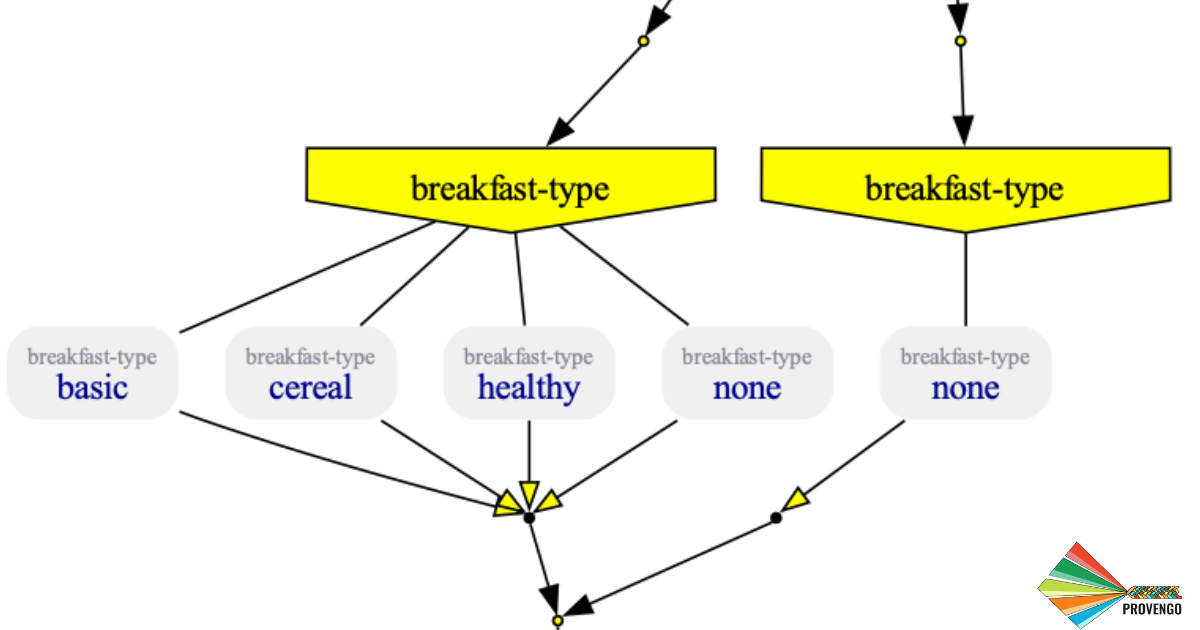Generative AI tools have transformed software development, yet developers and QA professionals face challenges in their adoption and ensuring accurate results. That raises the question, are the current capabilities of LLM and GenAI tools for developers enough and when is it time for the next step of innovation? And in such a case, when LLM capabilities improve, will we be ready to use and accept them?
Let’s explore the longevity and potential of Gen AI in the software development life cycle (SDLC).
The Landscape of Generative AI Challenges:
In the vast usage of Generative AI, particularly with Large Language Model (LLM) tools like #Copilot, #codewhisperer, or #Tabnine, developers and QA teams get to enjoy the obvious benefits of speed, and code writing which already significantly impacts their work. However there are some distinctive challenges as well.. Issues such as the interpretability of generated data, inability to handle complex and heavy loads, and the need for contextual understanding, all create hurdles in achieving seamless implementation. Explainability problems, hallucinations, validating outputs, impacting trustworthiness of Generative AI tools and yes, increase risk of adaptability and regulators appetite to rely on Gen-AI solutions .
How to Address the Complex Challenges of LLMs?
To address the complex challenges associated with Generative AI, various solutions have surfaced:
1. Transparency in Decision-Making: Enhance understanding by making Generative AI processes clear and accessible for developers.
2. Robust Validation: Ensure reliability through comprehensive testing, identifying and rectifying issues like hallucinations and biases.
3. Ethical Frameworks: Embed ethical considerations to align generative outputs with societal values, promoting responsible AI practices.
However, the overarching question remains: “Will these solutions stand the test of time and prove effective in the long run?”
Provengo: Pioneering Solutions for Developers’ GenAI Challenges
Provengo steps into the spotlight as a revolutionary solution, leveraging behavioral-led programming combined with Generative AI to boost performance, time-to-market and cost. It enhances the LLM capabilities to ensure quicker, bigger, more complex code packages and functional results together.
Provengo equips LLMs with a complementary ability: mapping a set of natural language requirements with cross-cutting behavioral aspects into a complete executable model that can be verified and visualized. The combination of LLMs with Provengo leverages their inherent strengths and paves the way for handling complete applications. GenAI code generators excel at translating simple specifications into code, making them ideal for converting textual requirements into Provengo model components. Provengo excels at integrating these components into complete applications. GenAI-Provengo integrations enables GenAI to focus on its core competencies, and leave the integrations part to Provengo.

So, what is the longevity and potential of Gen AI in software development? While we can’t predict the future, we believe that developers will need to be open to additional solutions and other approaches to use LLM’s innovative technologies in order to push the SDLC to its next level of efficiency, speed, and accuracy. By bridging the gap between challenges and solutions, Provengo not only ensures the sustained relevance of Generative AI but also propels developers and QA professionals toward confident utilization of its power. In Provengo, the industry finds a tool that guarantees the continued evolution and success of software development while using the LLM tools.
__
>> To continue the discussion, join our Discord Community- HERE





